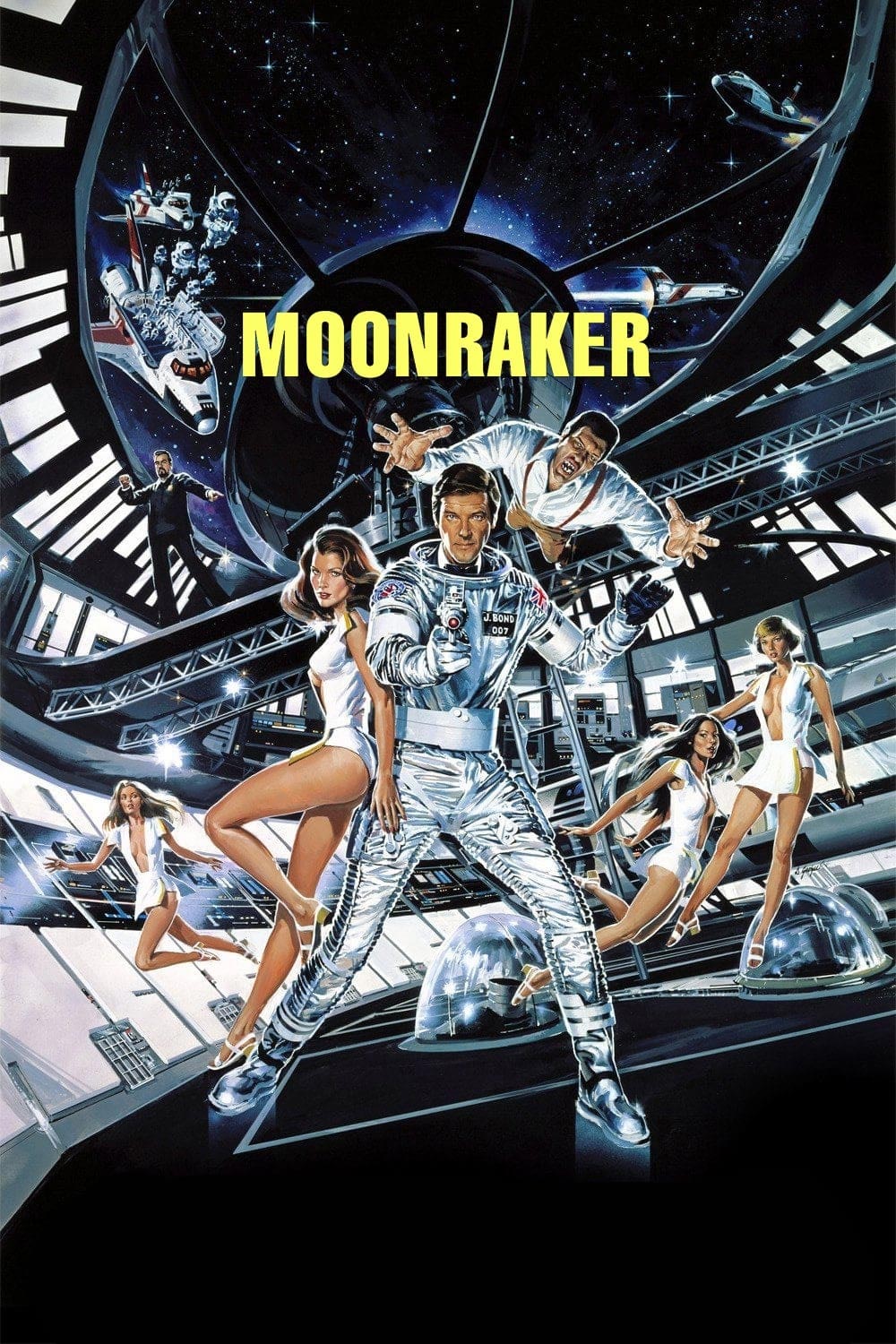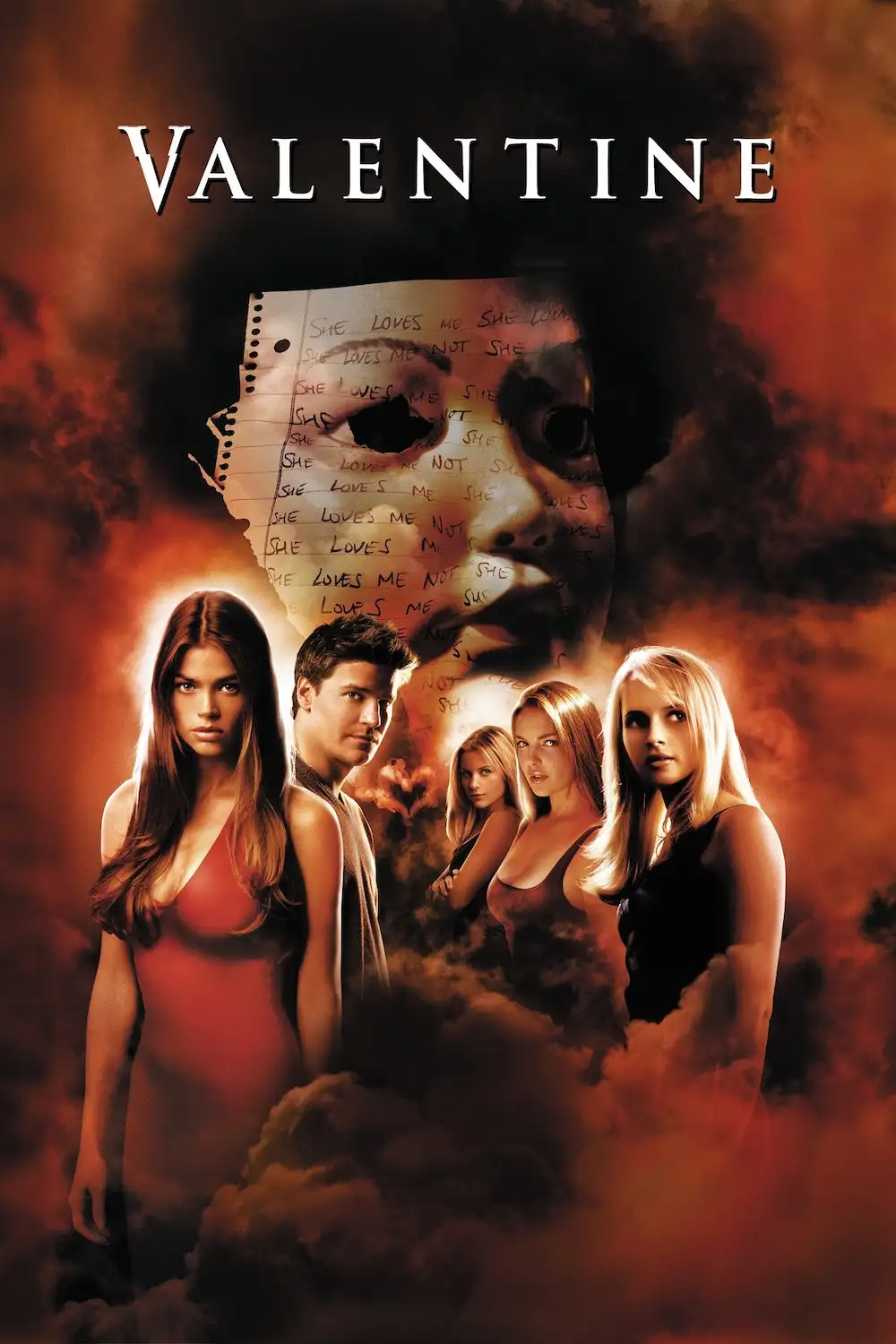Published on
With Pierce Brosnan taking on the role of James Bond, the franchise returned to a steady production rhythm, releasing a new installment every other year. 1999’s “The World Is Not Enough” marked Brosnan’s third outing as 007 in just four years. What’s particularly striking about his run is how each successive film feels like a slight step down from the one before it.
In “The World Is Not Enough”, James Bond is tasked with protecting Elektra King, the daughter of a murdered oil tycoon, following a terrorist attack on MI6. The investigation leads Bond to Renard, a ruthless anarchist with a bullet lodged in his brain that makes him impervious to pain. As Renard’s plan to detonate a nuclear device and disrupt the global oil supply begins to unfold, Bond teams up with nuclear physicist Dr. Christmas Jones to stop the impending disaster and prevent a global crisis.
“The World Is Not Enough” feels off right from the start. The 14-minute opening sequence—one of the longest in the franchise—isn’t just a single scene, but an extended prologue. It kicks off with a deal gone wrong and a clever escape by Bond, shifts to MI6 for the usual flirtation with Moneypenny, and culminates in a bomb-triggered chase along the Thames—an action set piece heavily featured in the film’s marketing. By the time the opening credits finally roll, it already feels like half a movie has passed.
After the title sequence, accompanied by Garbage’s solid contribution to the Bond song catalog, we’re introduced to Elektra King (a rather bland performance by Sophie Marceau), the daughter of M’s close friend who was killed in the prologue. Her character is loaded with emotional weight, with M emphasizing her personal ties to the King family more than once. Naturally, Bond’s mission to protect Elektra leads to the inevitable: he sleeps with her.
But “The World Is Not Enough” hinges on a plot twist meant to flip everything on its head. While the twist shouldn’t surprise most viewers, it does make repeated viewings feel like a chore, as the story loses much of its tension once the cards are on the table.
From here on out, there will be spoilers for a 25-year-old movie.
Elektra is working with her former kidnapper, Renard. Shocker! Bond tosses out some dime-store psychology about victims developing attachments to their captors, but in reality, it was Elektra who seduced Renard—a classic femme fatale move. The problem is, the film spends so much time on Bond protecting her, even as it’s increasingly obvious she has a hidden agenda, that the first half ends up dragging considerably.
Much has already been said about the film’s other Bond girl: Denise Richards as Dr. Christmas Jones, arguably the least convincing nuclear physicist ever put to screen. She enters the story just as Elektra’s true motives are revealed and the film shifts gears into a more traditional Bond spectacle, complete with explosions, gadgets, and a race against time. Richards, clad in an outfit more fitting for Lara Croft than a scientist, looks like she stepped out of an action figure box—but oddly enough, her campy presence is exactly what the film needs. With both villains sorely lacking in charisma, any injection of energy is welcome. Not even Robert Carlyle—so unforgettable as Begbie in “Trainspotting”—manages to make much of an impression as the supposedly menacing Renard.
The action in “The World Is Not Enough” meets the usual James Bond standards, delivering several impressive set pieces—including the aforementioned Thames boat chase. Even the weaker entries in the franchise are often redeemed by their action, and this film is no exception. One of its standout moments involves a helicopter equipped with a giant tree-cutter, slicing through everything in its path—including Bond’s latest BMW—in a gloriously over-the-top sequence that perfectly fits the Bond brand.
But the most impactful moment of the film comes not from its explosions or chases, but from a quiet scene at Q Branch. There, an 85-year-old Desmond Llewelyn appears as Q for the final time, introducing Bond to his gadgets and subtly passing the torch to his successor, played by John Cleese. Q’s graceful exit is both fitting and poignant—made all the more definitive by Llewelyn’s passing shortly after the film’s release.
“The World Is Not Enough” is a serviceable Bond entry, but far from a standout. It suffers most from its lack of compelling villains, despite the film’s attempt to elevate Elektra into something more complex. Unfortunately, I never found myself caring about her. From the moment she appears on screen, something about her character feels off—and since the movie devotes so much time to slowly revealing her true motives, that disconnect becomes a major problem.








